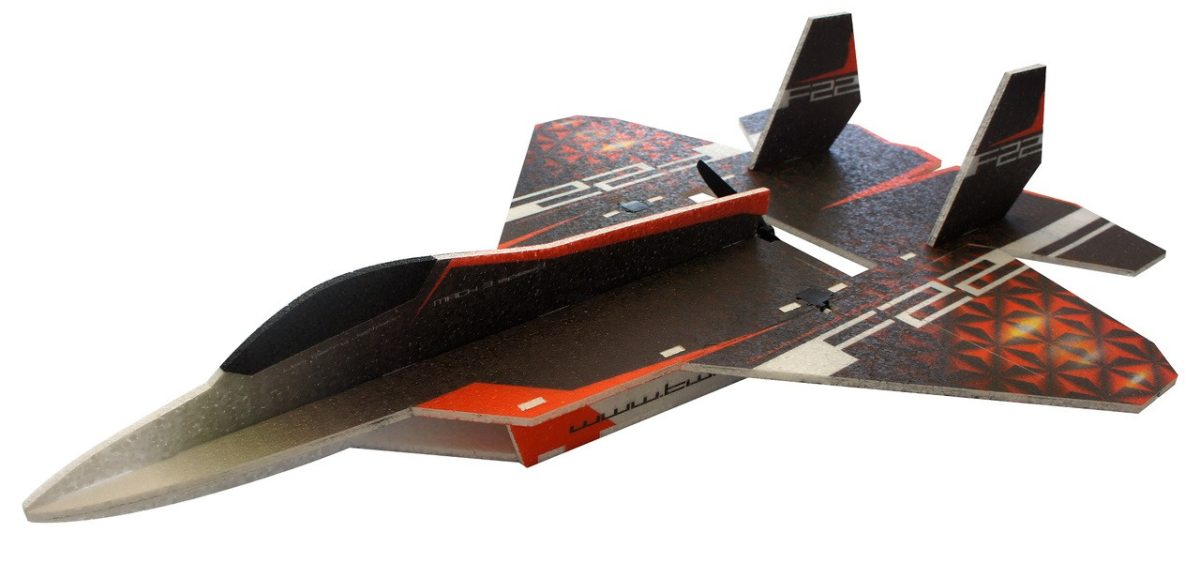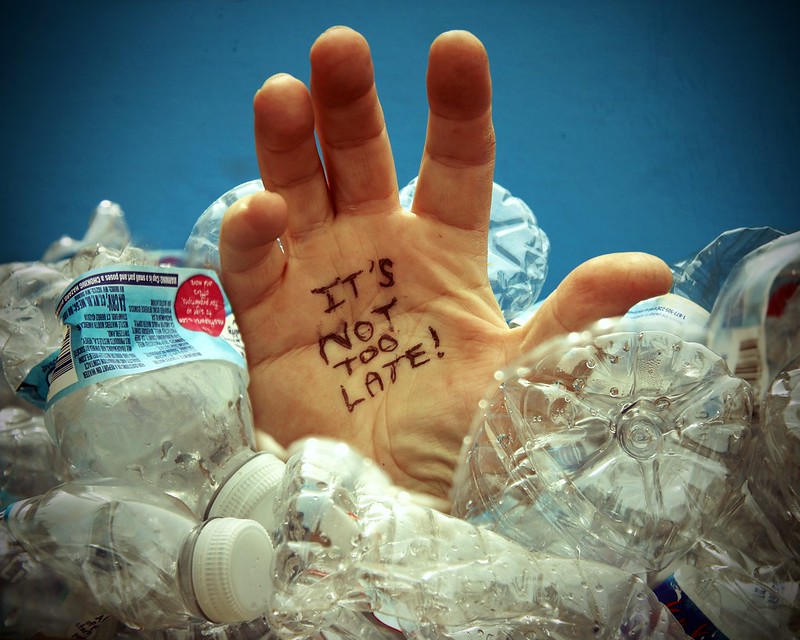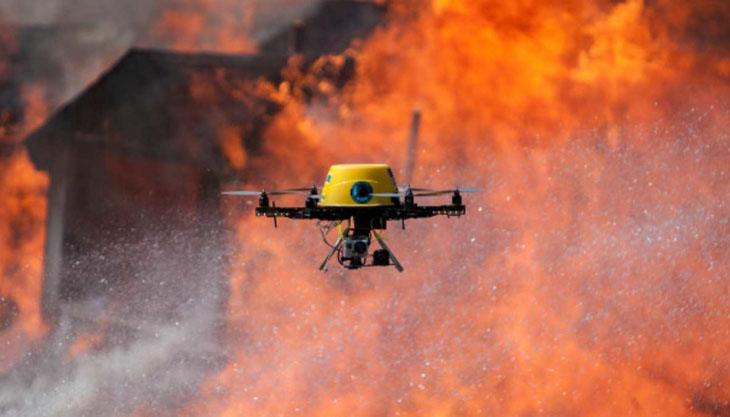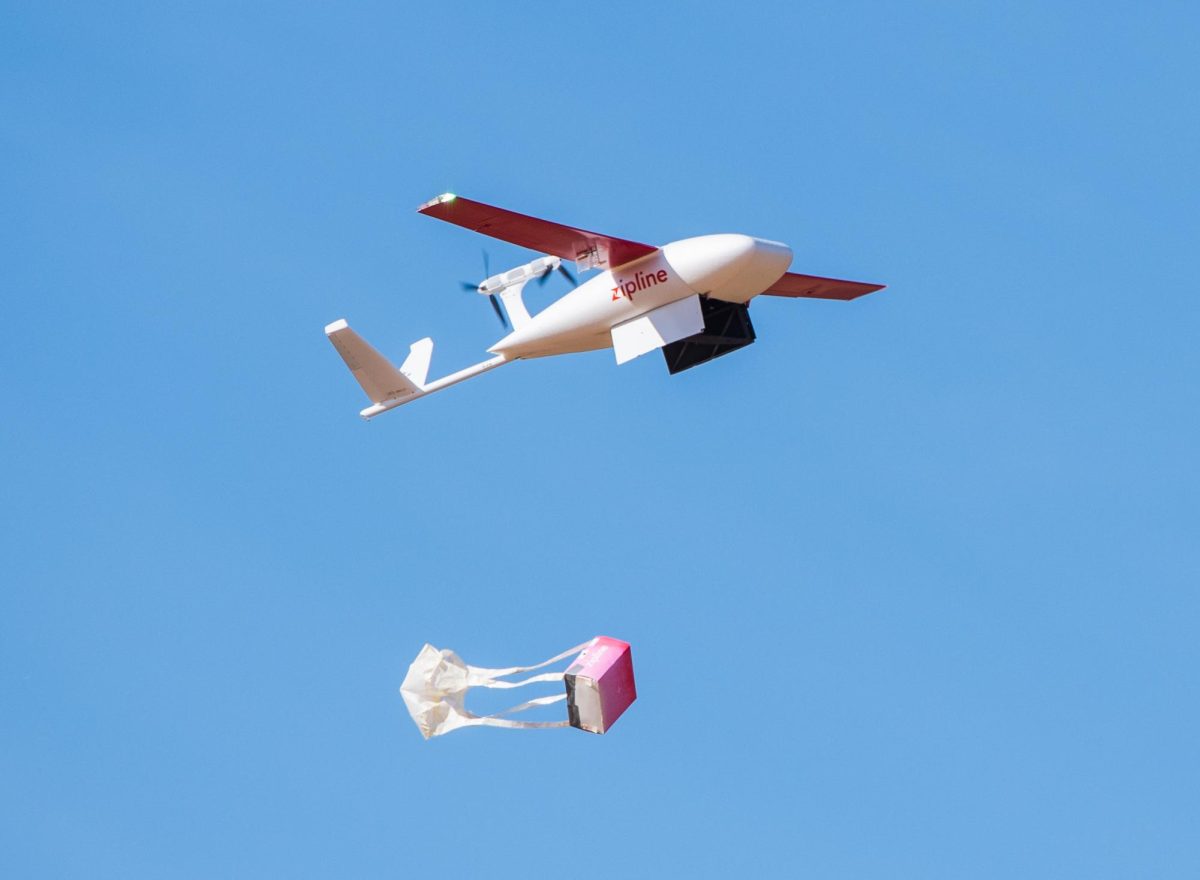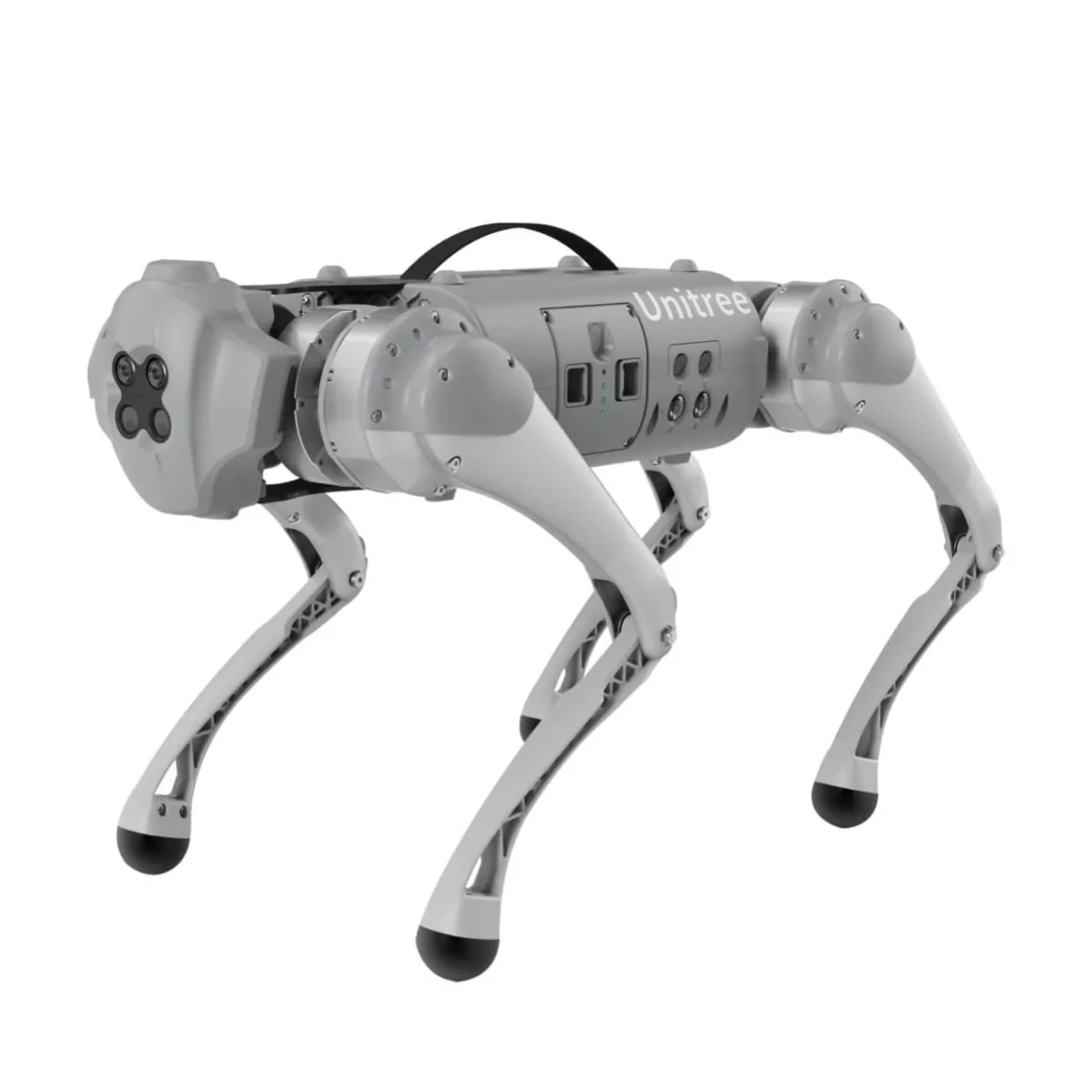When disasters strike, providing food, medicine, and emergency supplies quickly can save lives, as delays can mean the difference between life and death. The main argument of this article is that small unmanned aircraft—remote-control planes or delivery drones—are creating significant new opportunities and challenges in emergency plans. Over time, engineers and responders have used trucks, boats, and helicopters to transport vital goods, but drones are now actively changing how supplies reach those in need by offering new options for speed, flexibility, and access. Recent trials and early programs worldwide have started demonstrating both the practical benefits and obstacles that come with this technology, such as faster delivery to remote areas.
In the past, emergency supplies were mostly delivered by people using trucks, planes, and boats. Ground convoys and postal-style delivery networks formed the backbone of relief work because trucks can carry heavy loads, travel far, and handle many weather conditions with simple roads. But when disasters block roads with floods, landslides, or earthquakes, teams often turn to helicopters and cargo planes to drop or land supplies. These options are fast but expensive, fuel-hungry, and need skilled pilots and safe landing areas. For islands and remote regions, boats and small planes have long been vital, but they too depend on weather and can be slow. Traditional methods still play a central role in large-scale logistics, but they can be costly or delayed when conditions are severe. That’s why responders are now testing new tools—like drones and mixed systems that combine air and ground transport—to make emergency deliveries quicker and more adaptable.
Today, remote-control planes and delivery drones are already improving emergency plans in specific ways. Companies and health systems have begun using autonomous and remotely piloted aircraft to carry blood, medicines, lab samples, and small medical equipment between hospitals and to patients’ homes. In some countries, long-range medical drone networks have cut delivery times dramatically and improved access in places where roads are poor. Pilot programs in the United States and elsewhere have shown drones can be safe and drone deliveries have been well received in targeted public health efforts. In one Appalachian pilot program, using drones to drop off PPE proved both practical and effective for reaching people in remote areas. Health organizations working with logistics partners have also found that drone routes can deliver small, urgent items much faster than traditional road transport, helping prescriptions and lab samples arrive sooner.
Looking ahead, remote-control planes could be used even more effectively if we solve a few key problems. First, systems for managing many drones safely in shared airspace (air traffic management for low-altitude drones) must be mature so drones do not interfere with airplanes or get lost during bad weather. Second, improving communications (for example, switching between cell networks and satellite links) will let drones reach areas with spotty reception. Third, hybrid approaches that combine trucks, boats, and drones, where a truck brings supplies to a local hub and a drone performs the “last mile” delivery, could multiply the reach and speed of relief without replacing vehicles.
Remote-control planes, or drones, aren’t a perfect solution, but they show an important change: drones make emergency supply delivery faster and more reliable. By testing them, making better flight rules and communication, and combining them with current systems, engineers can help supplies help people in many areas after disasters. School projects about the science and ethics of drones—such as safety, fairness, and sustainability—can inspire future engineers to improve disaster relief.
Works Cited
Sheil, D. (2024, February 22). From food to medical supplies — what could the future of drone delivery look like in Australia? https://www.abc.net.au/news/2024-02-23/the-future-of-medical-and-food-drone-delivery-in-australia/103499576
Reuters. (2024, August 14). Britain to trial use of drones in deliveries, emergency services. https://www.reuters.com/business/aerospace-defense/britain-trial-use-drones-deliveries-emergency-services-2024-08-14/
University of Kentucky College of Medicine. (2025, February 27). Study shows potential for drone-based health resources delivery in Appalachia. https://medicine.uky.edu/news/study-shows-potential-drone-based-health-resources-2025-02-27t08-36-14
WellSpan Health. (2024). WellSpan will bring innovative medical drone delivery to PA with logistics leader Zipline. https://www.wellspan.org/articles/2024/02/13136
The Guardian. (2024, August 26). ‘We don’t stop for red lights’: drone deliveries take off as Australian regulators prepare for air traffic boom. https://www.theguardian.com/australia-news/article/2024/aug/26/australia-drone-parcel-delivery-amazon
